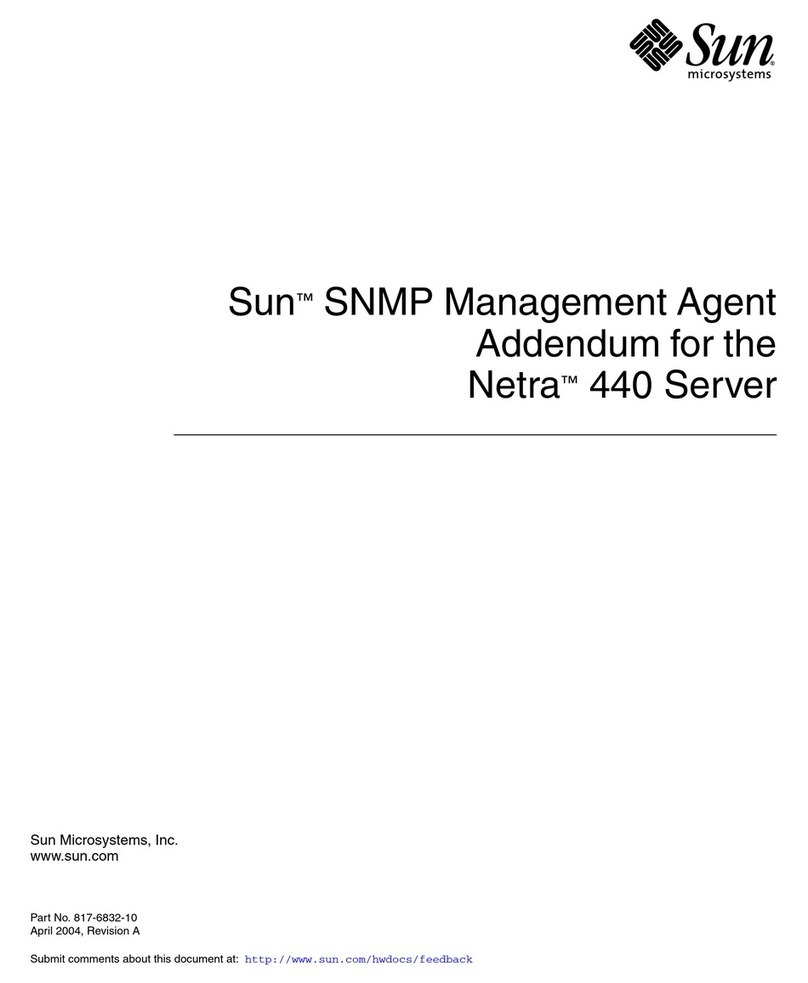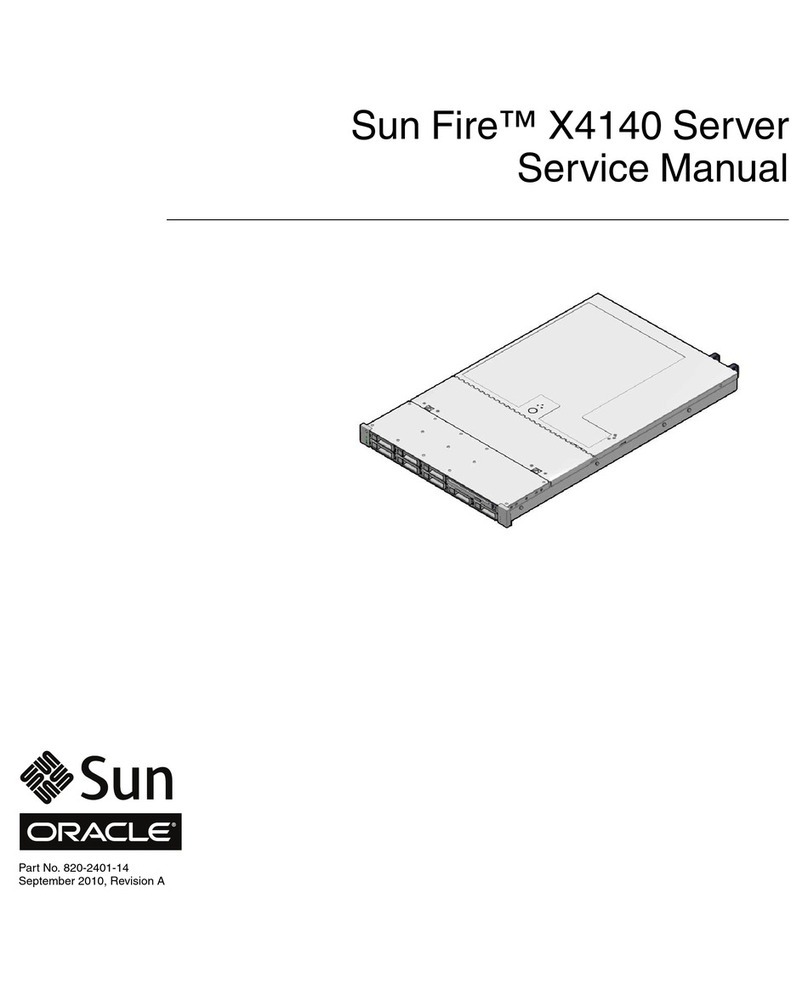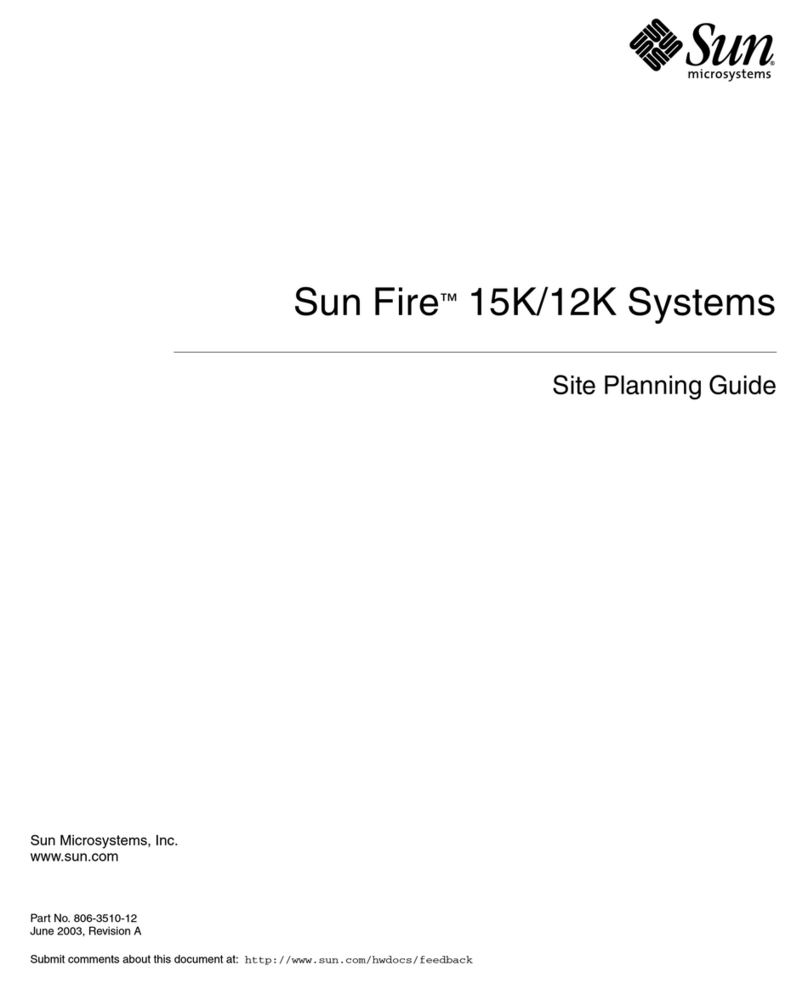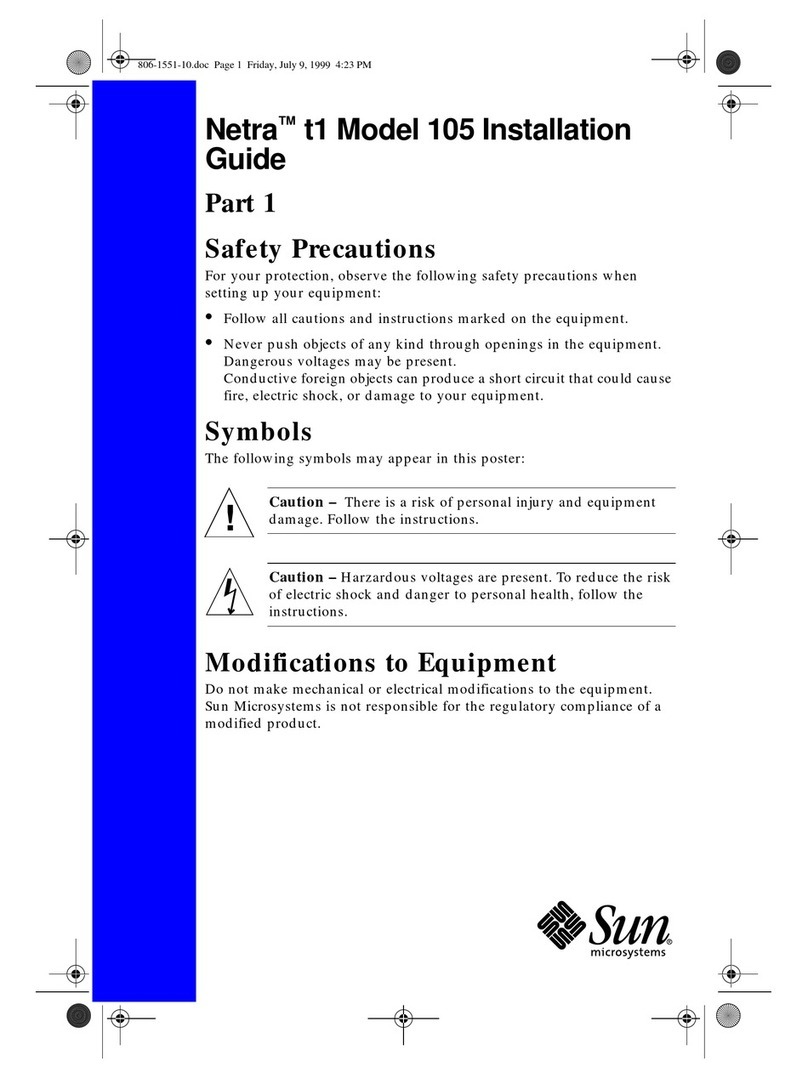Sun Microsystems SPARC Enterprise T5240 User manual
Other Sun Microsystems Server manuals
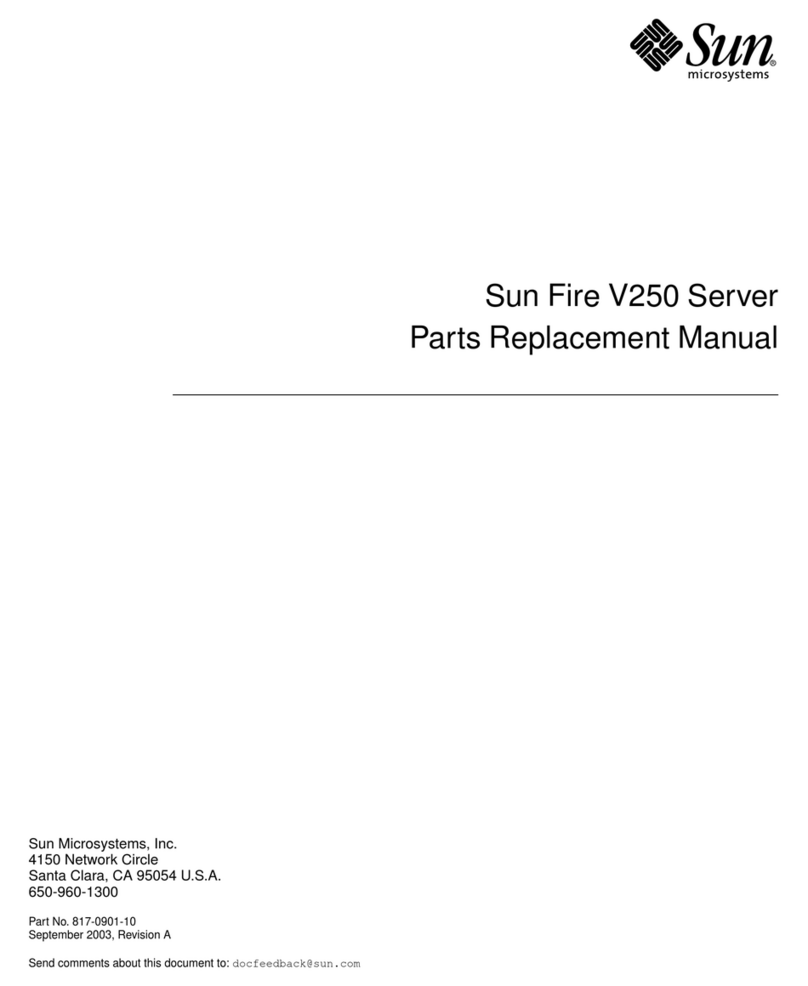
Sun Microsystems
Sun Microsystems V250 Use and care manual
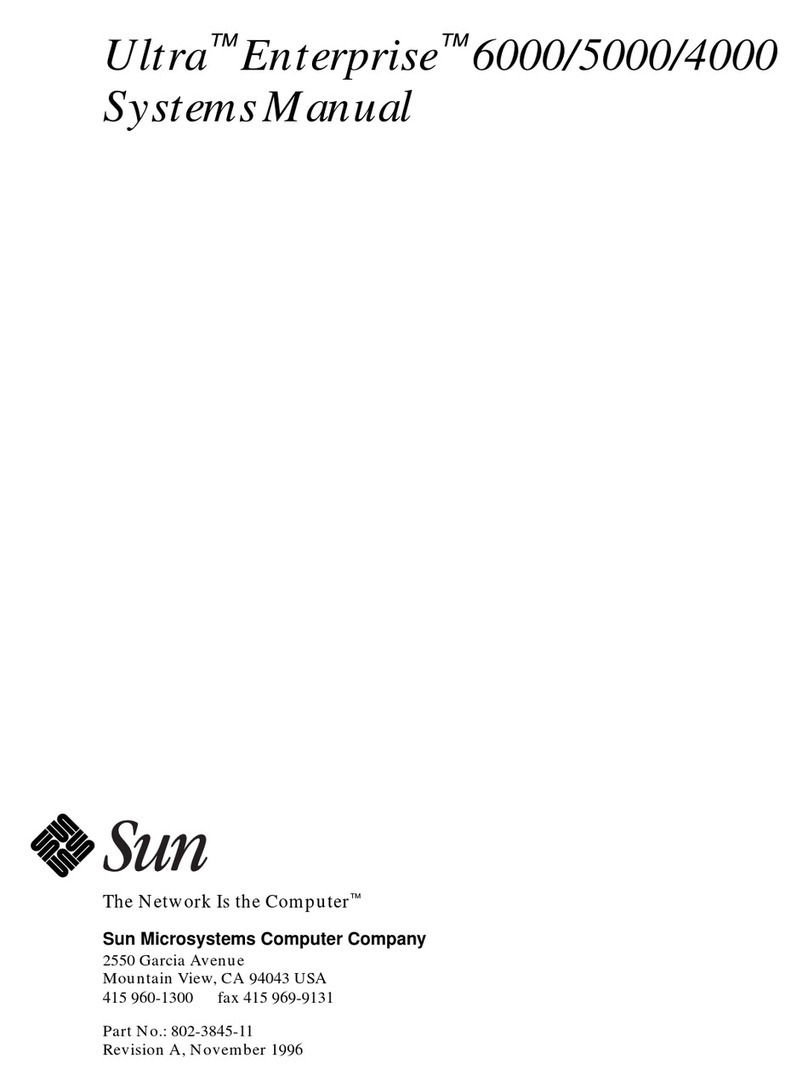
Sun Microsystems
Sun Microsystems Ultra Enterprise 6000 Systems User guide
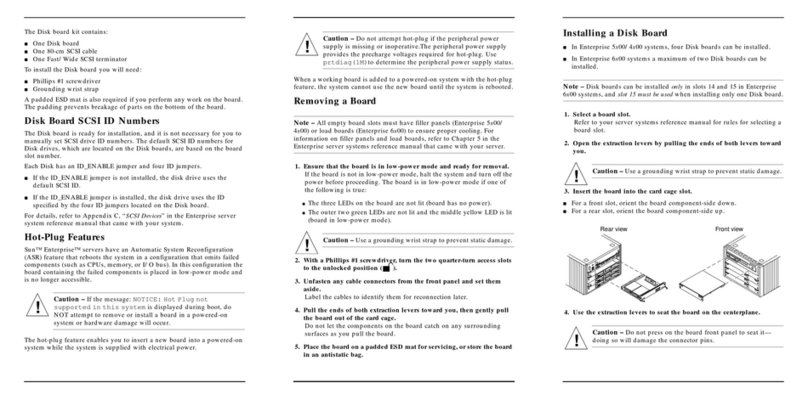
Sun Microsystems
Sun Microsystems Enterprise 6 00 Series User manual
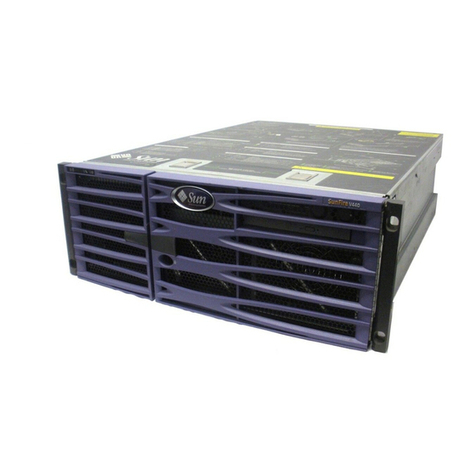
Sun Microsystems
Sun Microsystems Sun Fire V440 User manual
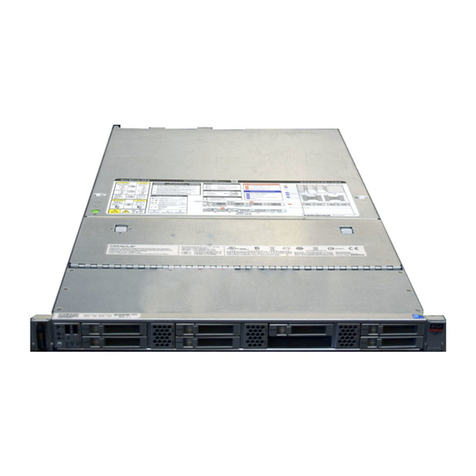
Sun Microsystems
Sun Microsystems Server X4-2 User manual
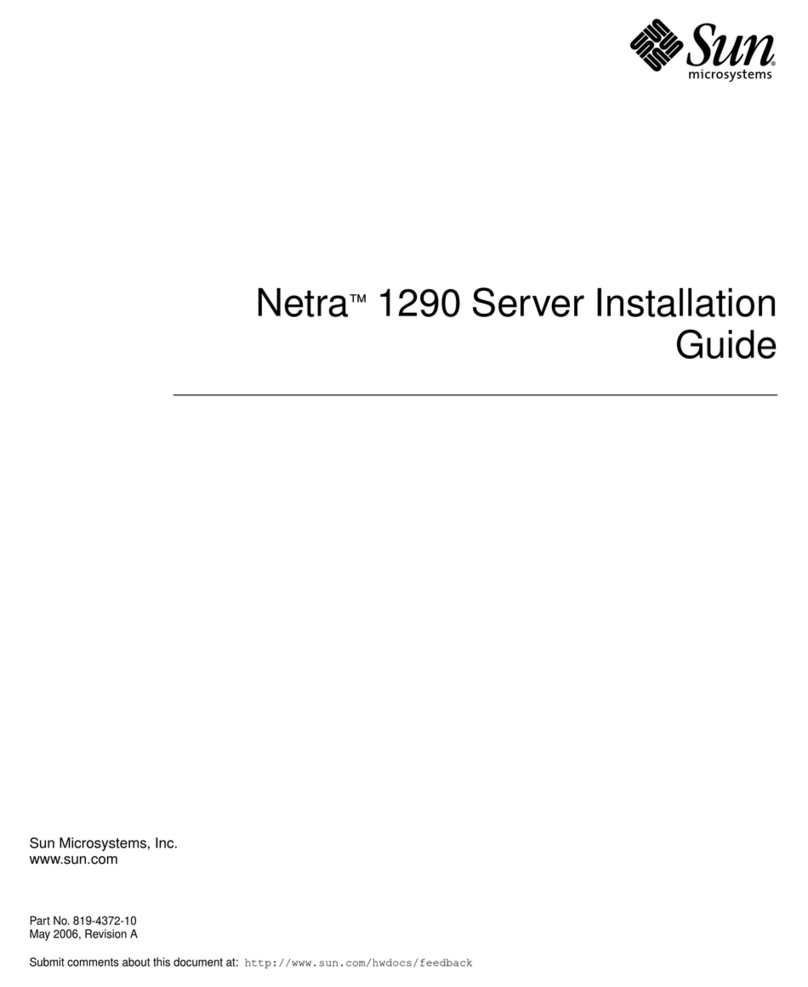
Sun Microsystems
Sun Microsystems Netra 1290 User manual
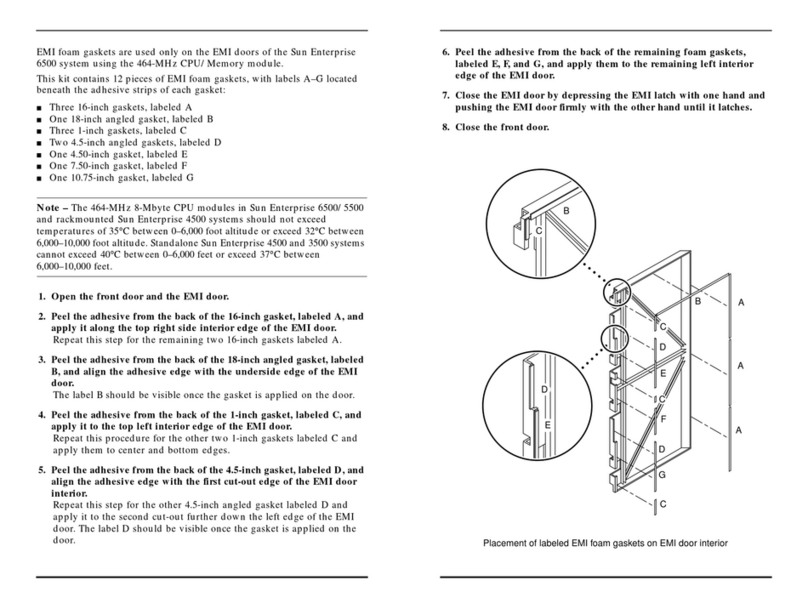
Sun Microsystems
Sun Microsystems Sun Enterprise 6500 User manual
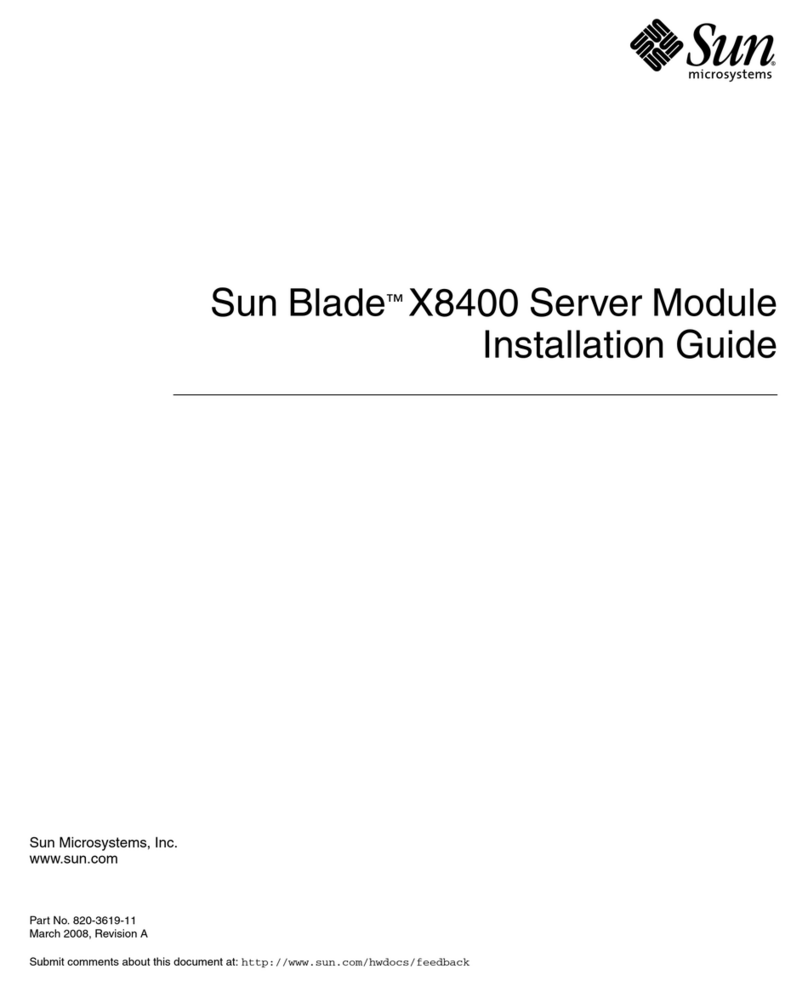
Sun Microsystems
Sun Microsystems Blade X8400 User manual
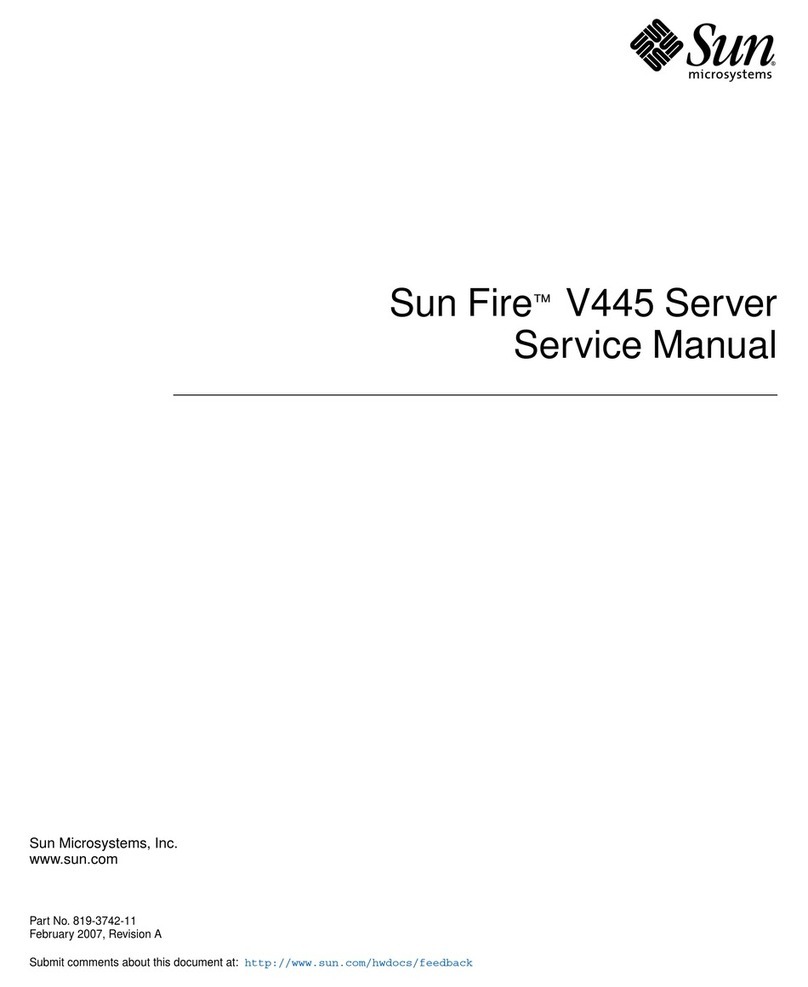
Sun Microsystems
Sun Microsystems Sun Fire V445 User manual
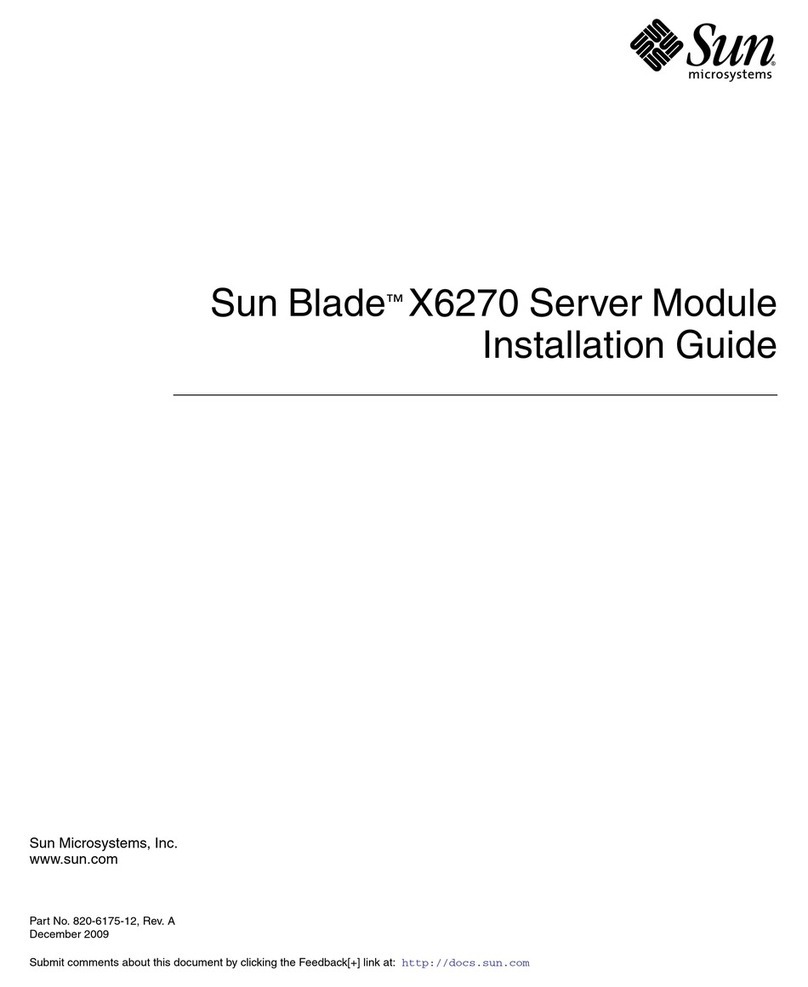
Sun Microsystems
Sun Microsystems Sun Blade X6270 User manual
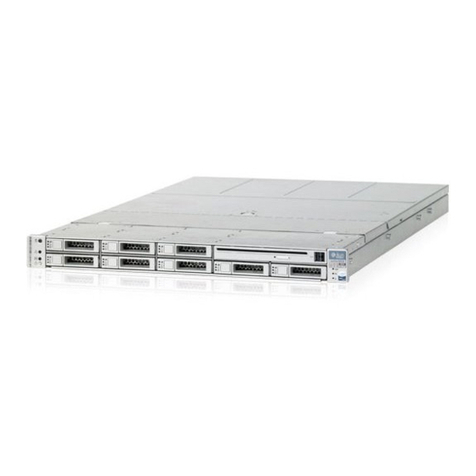
Sun Microsystems
Sun Microsystems Sun Fire X4150 Server Service manual

Sun Microsystems
Sun Microsystems Fire V210 User manual
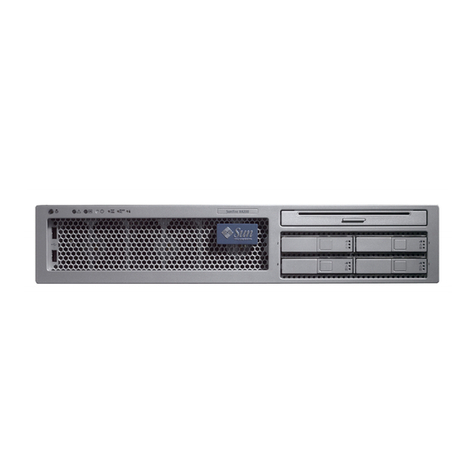
Sun Microsystems
Sun Microsystems Sun Fire X4100 User manual
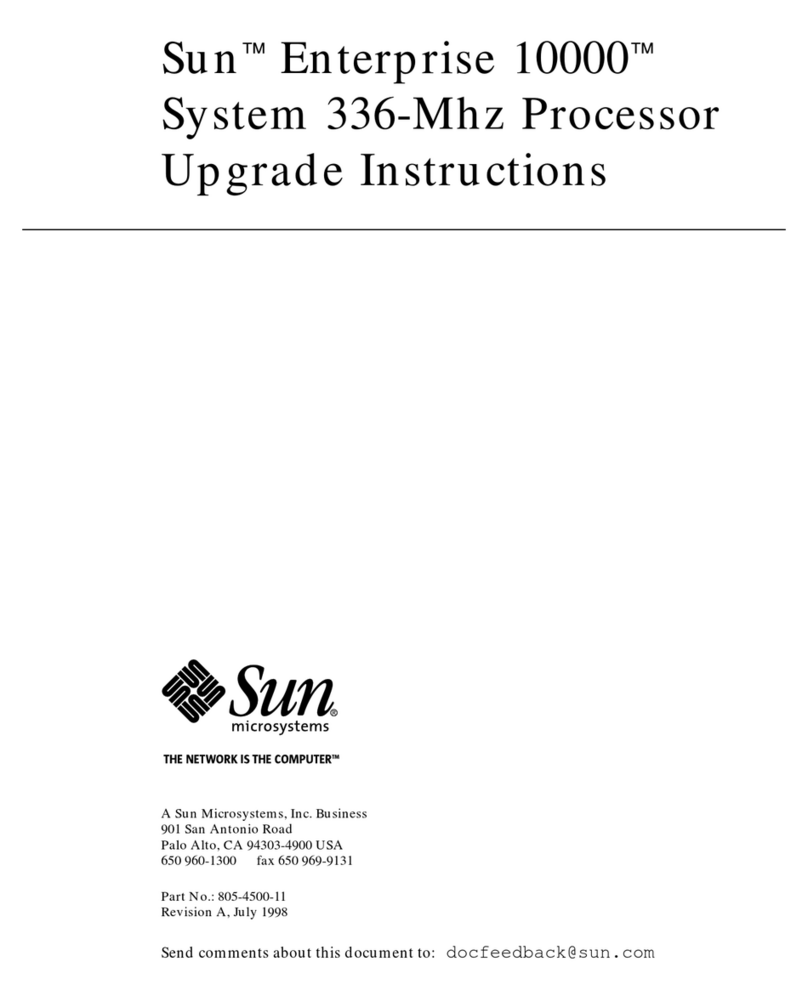
Sun Microsystems
Sun Microsystems Sun Enterprise 10000 Quick start guide
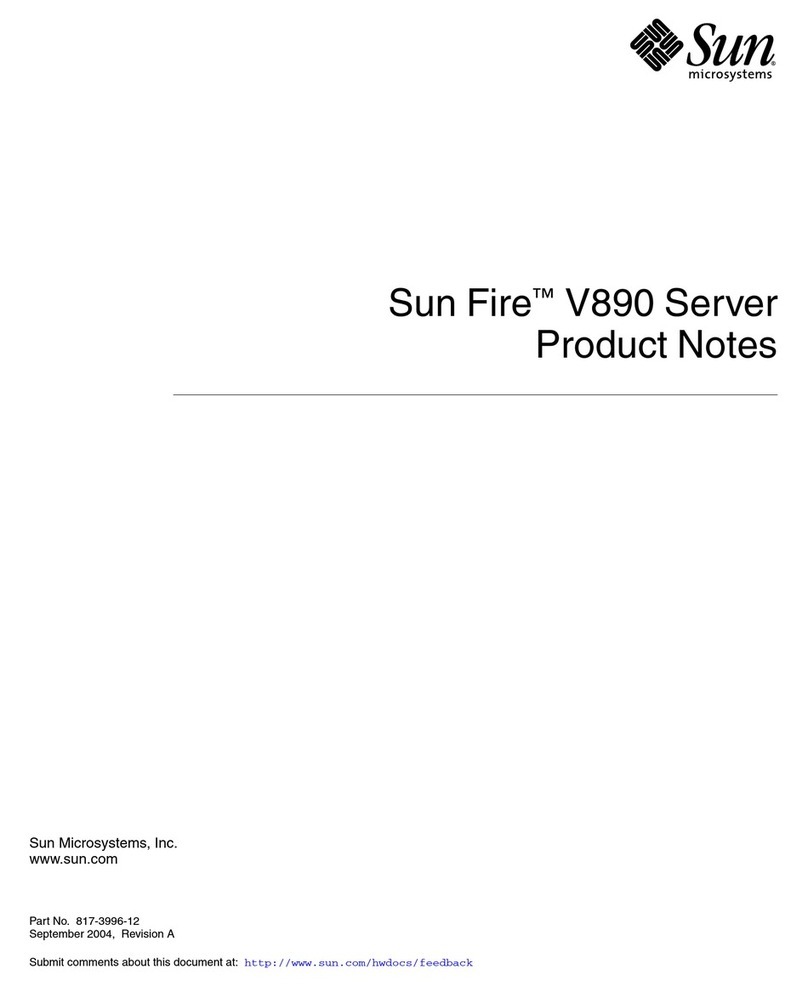
Sun Microsystems
Sun Microsystems Sun Fire V890 Service manual

Sun Microsystems
Sun Microsystems Sun Fire X2250 Installation and operating manual
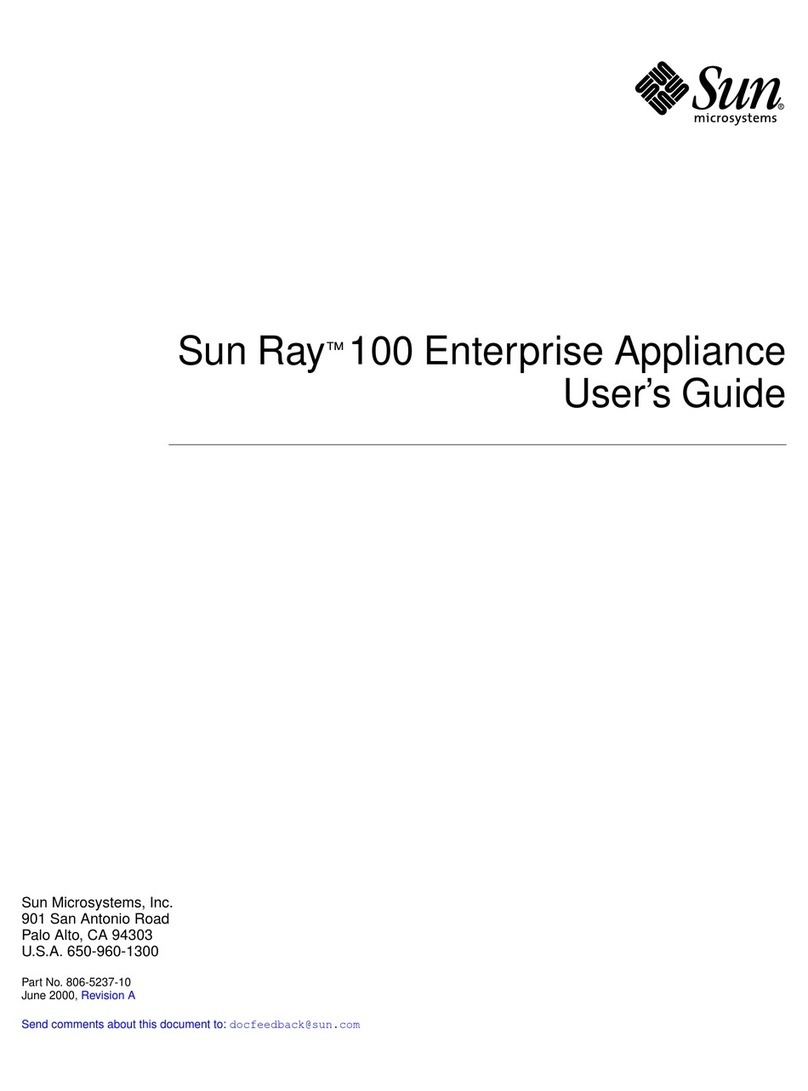
Sun Microsystems
Sun Microsystems Sun Ray 100 User manual
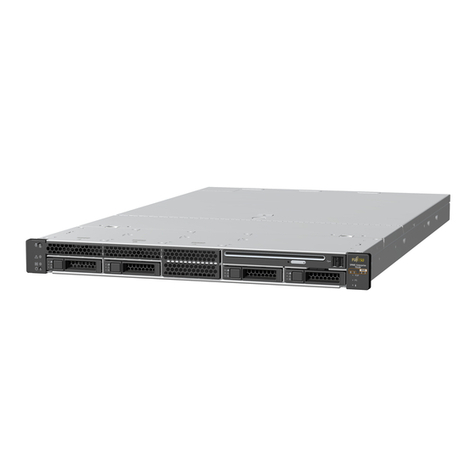
Sun Microsystems
Sun Microsystems SPARC T5120 User manual
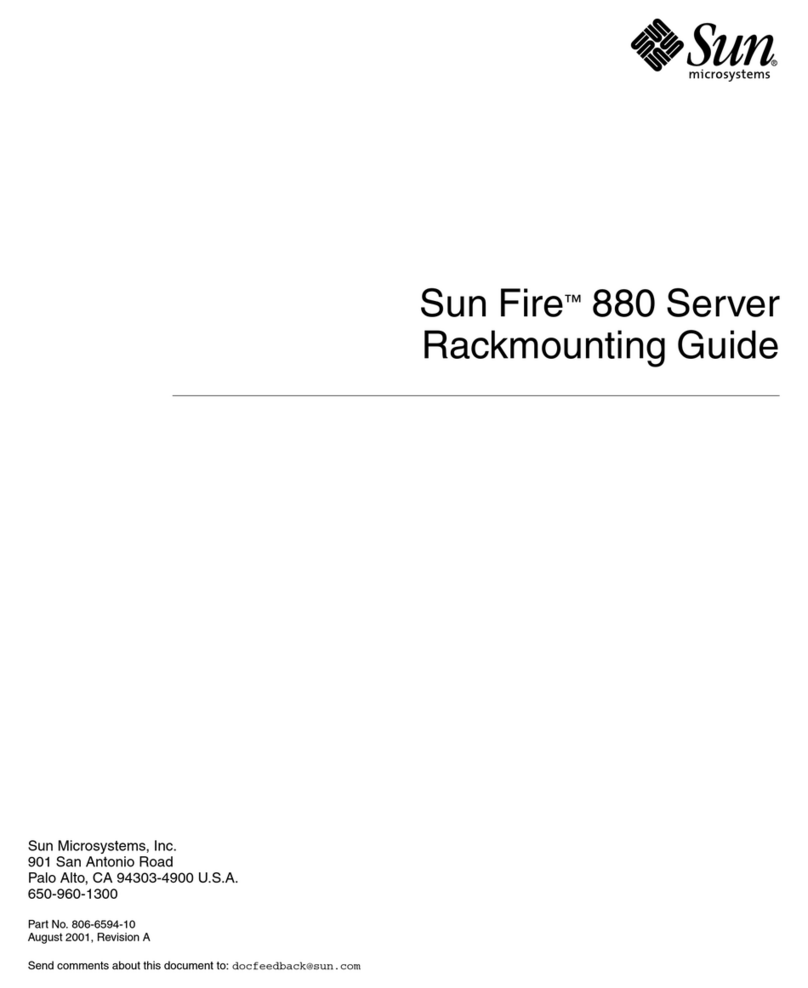
Sun Microsystems
Sun Microsystems Sun Fire 880 Installation instructions manual
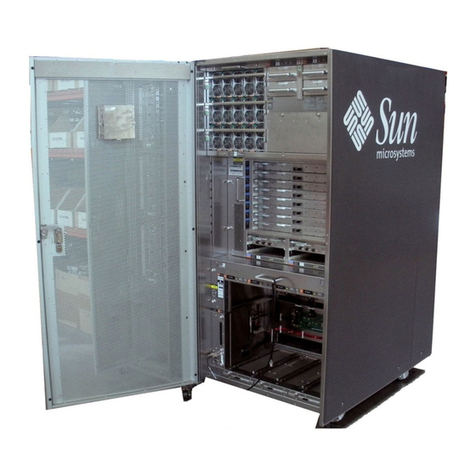
Sun Microsystems
Sun Microsystems Sun SPARC Enterprise M8000 Service manual
